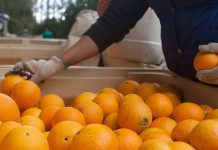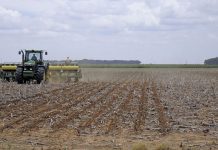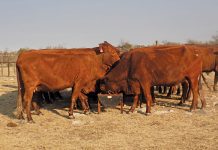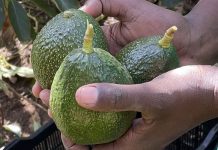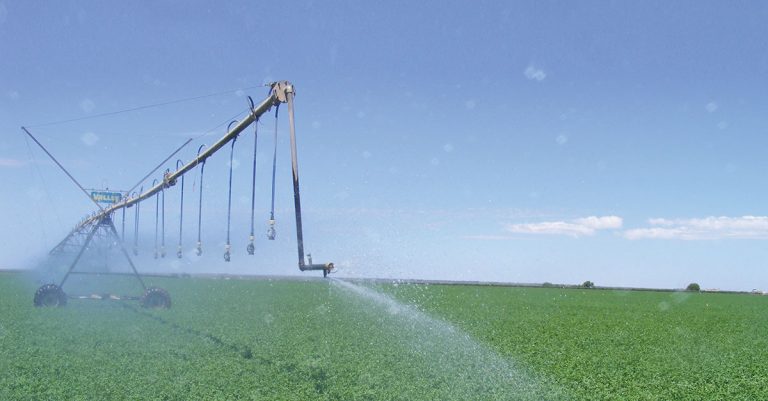
Photo: FW Archive
A hike in interest rates on the back of increased administrative costs, rather than “consumer pull” is of grave concern.
This was according to Prof André Jooste, an agricultural economist affiliated with Stellenbosch University.
READ South Africa’s food inflation starting to level out
Lesetja Kganyago, governor of the South African Reserve Bank (SARB), announced an increase of 25 basis points in the repo rate to 3,75% on Thursday, 18 November.
The repo rate is the rate at which SARB lends money to commercial banks.
The decision to increase the repo rate was based on the sharp rise in global food prices, crude oil prices, electricity, and other administrated prices, a statement by the SARB said.
“It just does not seem right that interest rates are on the increase due to factors that have nothing to do with consumers,” Jooste said.
“This is entirely different from an instance where interest rates increase due to overspending by consumers.”
READ Family meetings: learning to plan productively together
He added that although the current rate increase was “not massive”, it could have a serious impact when it was implemented on a large farming operation.
“The question is, will farmers still be able to gain access to financing? Marginal farmers might really feel the pinch with this increase.”
In the statement, SARB stated that the rate of global food prices had escalated from 13,4% in September to 25,4% in November, while oil prices were also revised up for the year.
“Local electricity price inflation for 2021 remains at 10%, while the forecast for 2022 and 2023 is revised up to 14,4% [from 11,8%]. For 2024, electricity price inflation of 10% is expected,” Kganyago said in the statement.
Paul Makube, a senior agricultural economist at FNB Agribusiness, said the bad news was that the SARB’s projections indicated further increases in the next three years to 2024.
“Although the rate hike shows signs of domestic economic recovery due to a combination of improved household consumption expenditure, resilient exports, and greater return to economic activity after previous [COVID-19-related] lockdowns, the outcomes indicate tough times for farmers in the months ahead,” he explained.
This comes amid mounting cost pressures emanating from a very significant upswing in fuel, fertiliser, pesticides, and herbicides prices, Makube said.
“Higher debt-serving costs from rising interest rates will trim profit margins in the sector, despite a fantastic outlook for the season ahead.”
He added that the record-low interest environment of the past year provided a breather for farmers and allowed them to do the necessary replacement and replenishment of machinery and equipment.
“So far, tractor and combine harvester sales for the year to October 2021 were already 6% and 33% ahead of the 2020 levels [respectively], which showed strong optimism for the agriculture outlook.”
According to Makube, while strong commodity prices had somewhat offset the impact of cost pressures, higher debt-servicing costs in the medium to longer terms would reduce margins if the projected interest rate hikes for the years ahead materialised.

